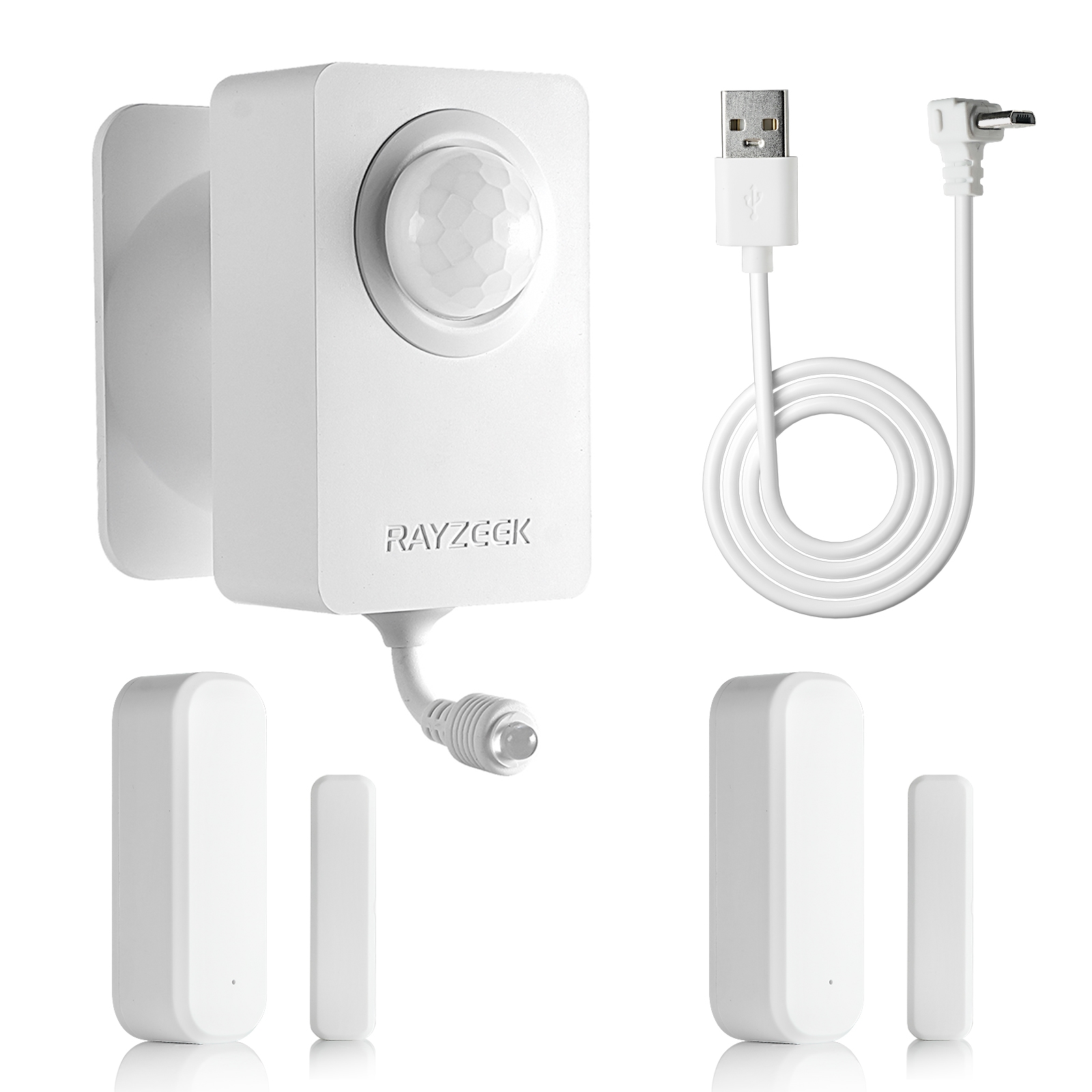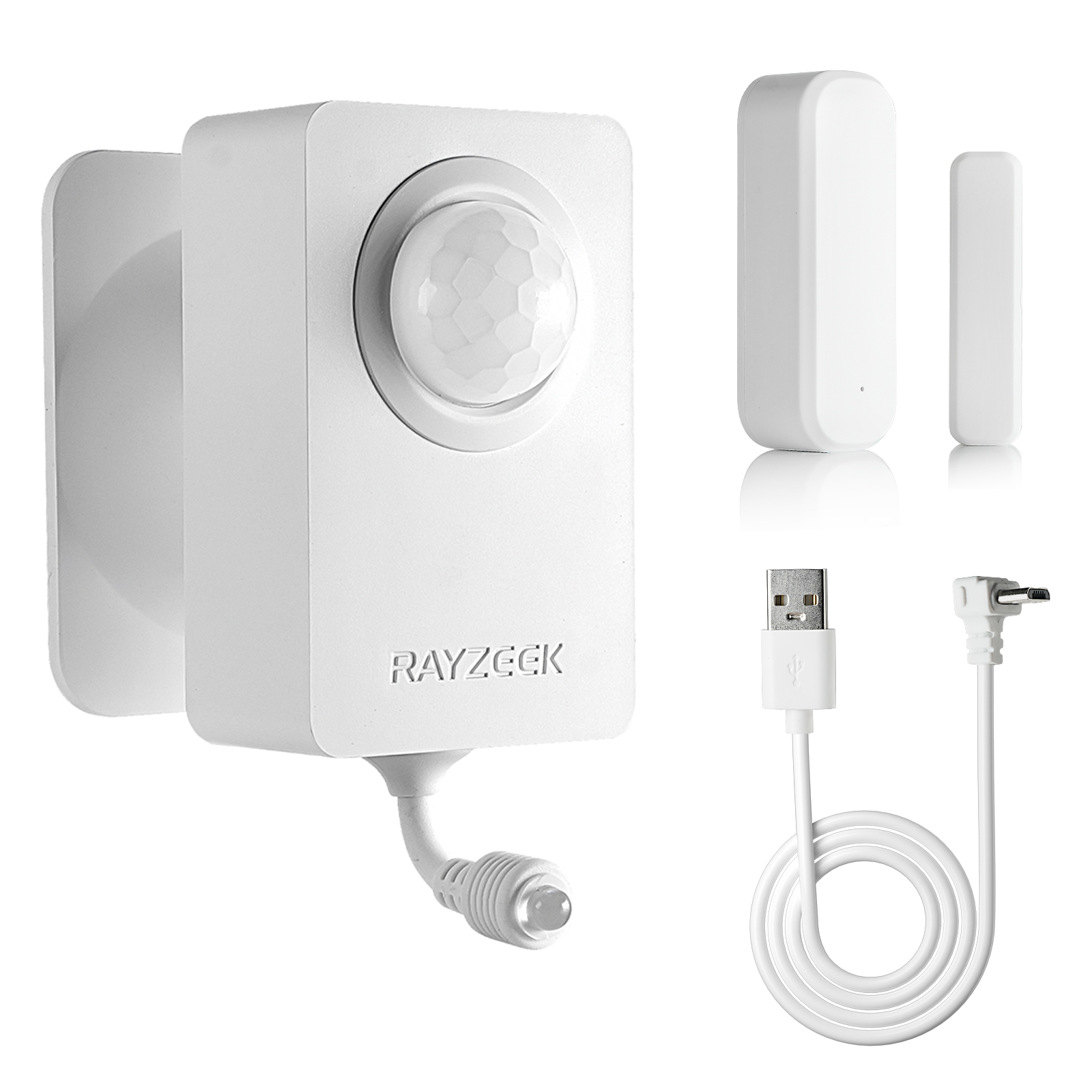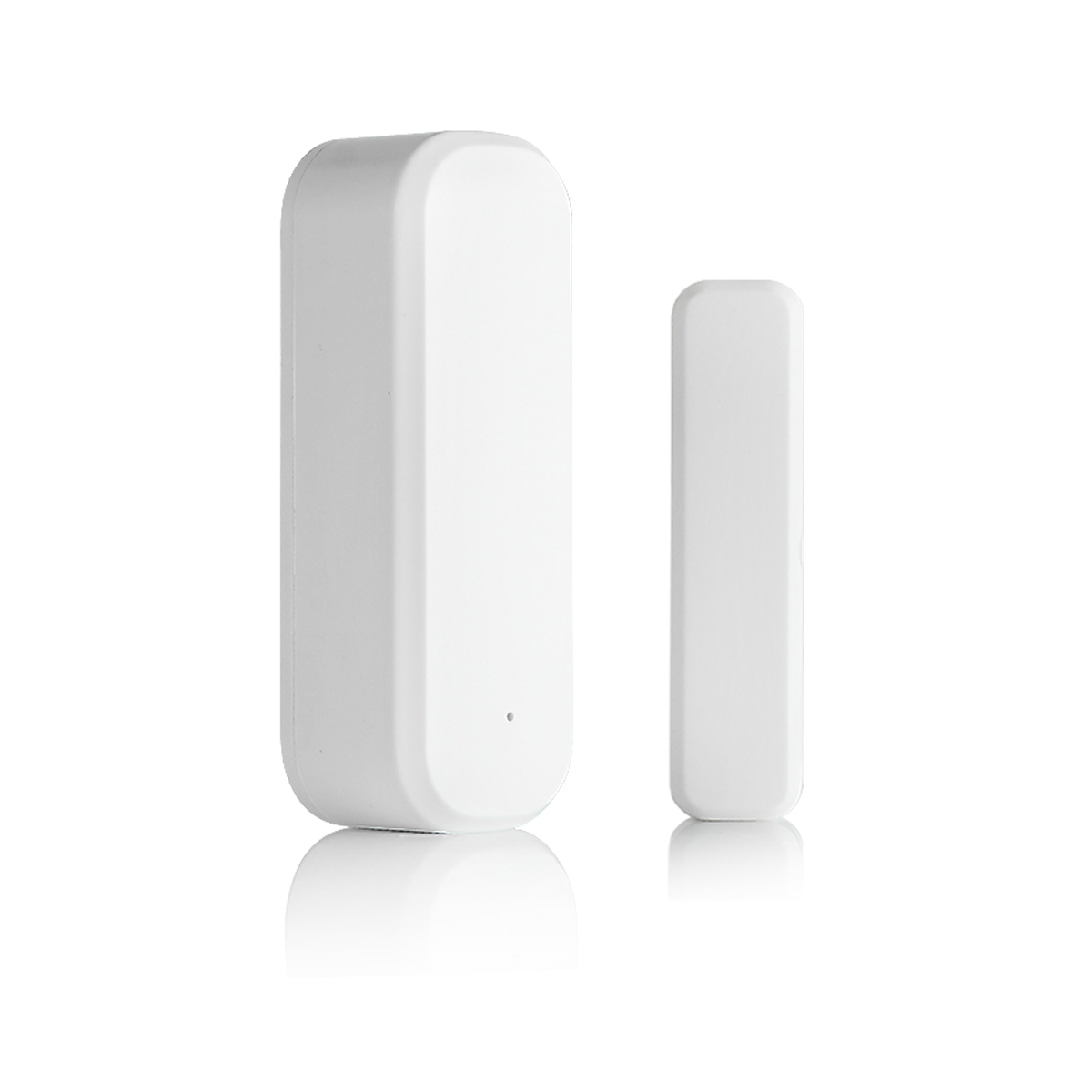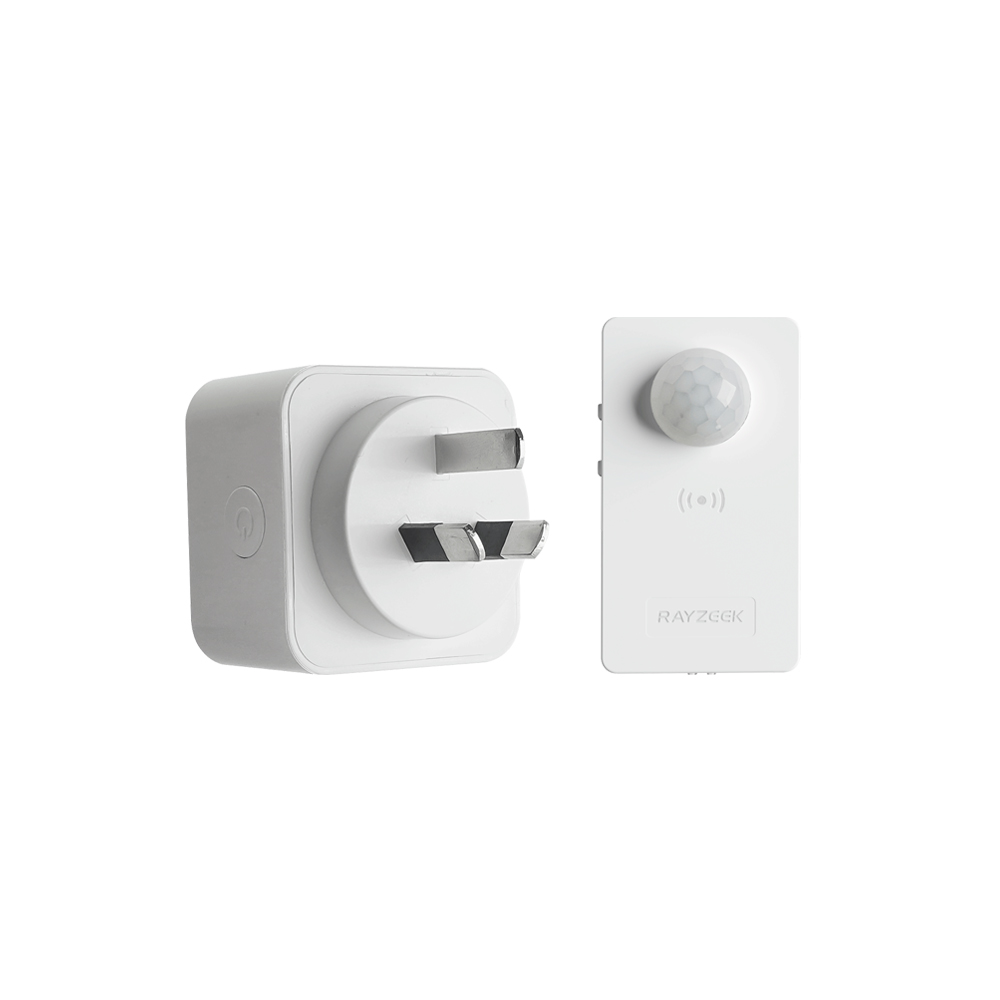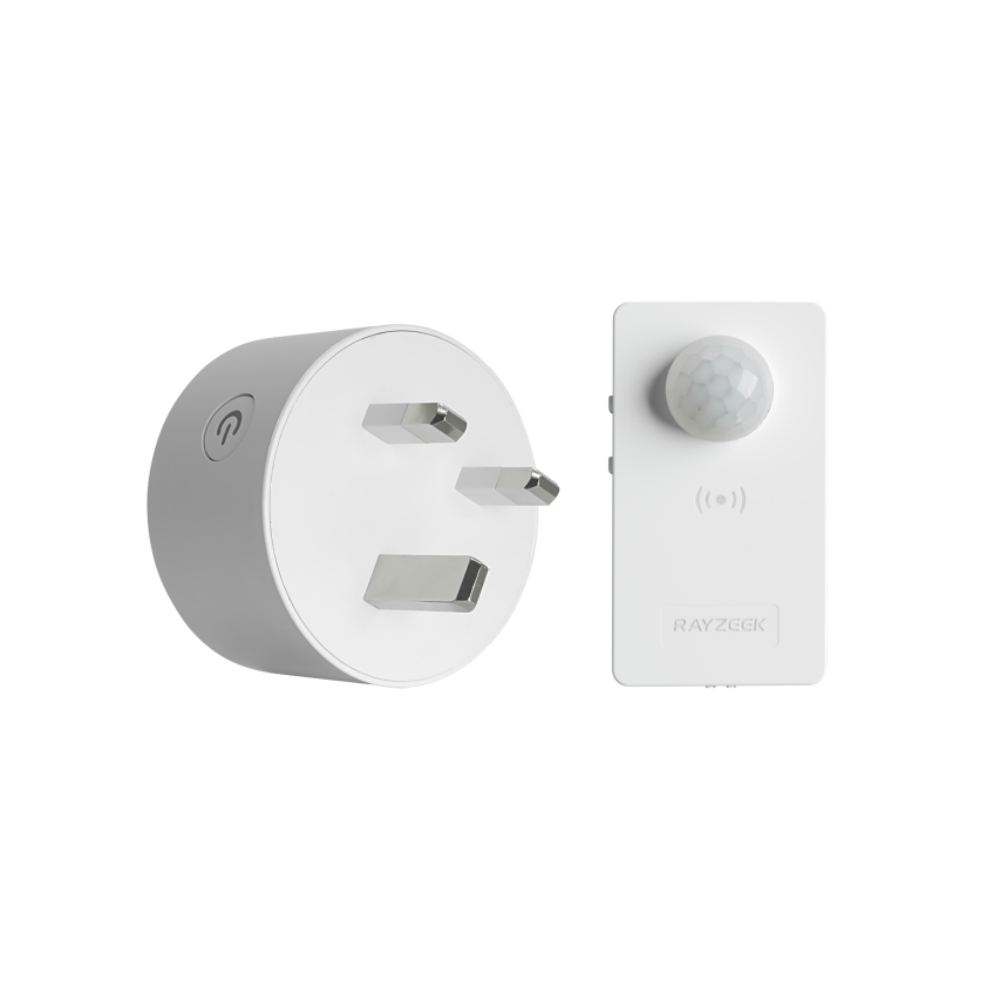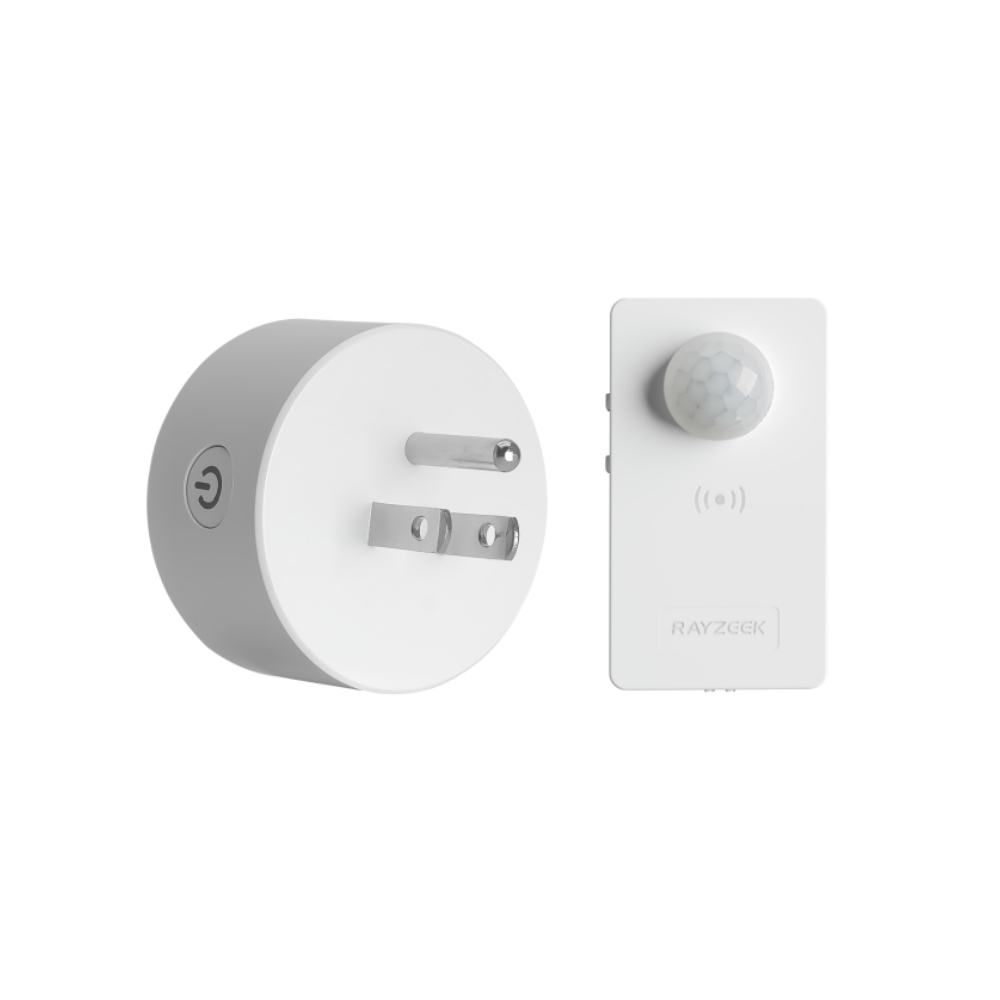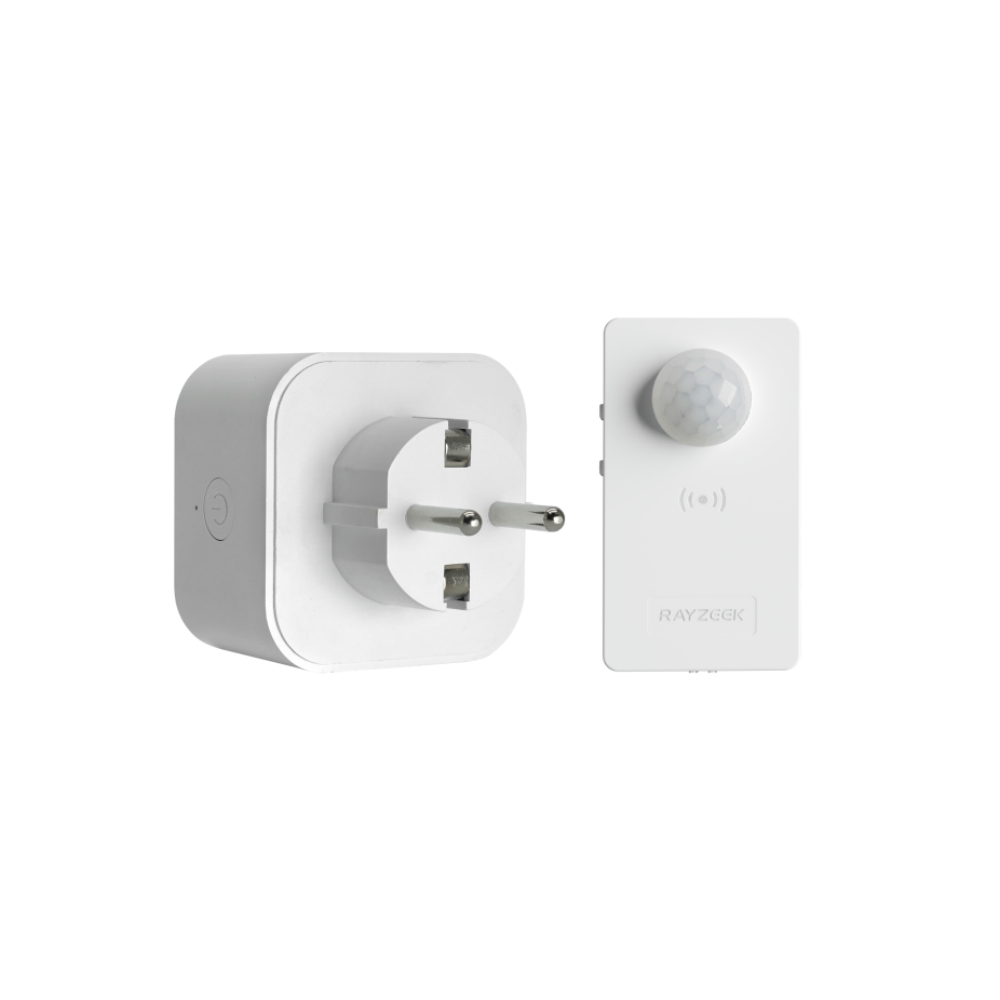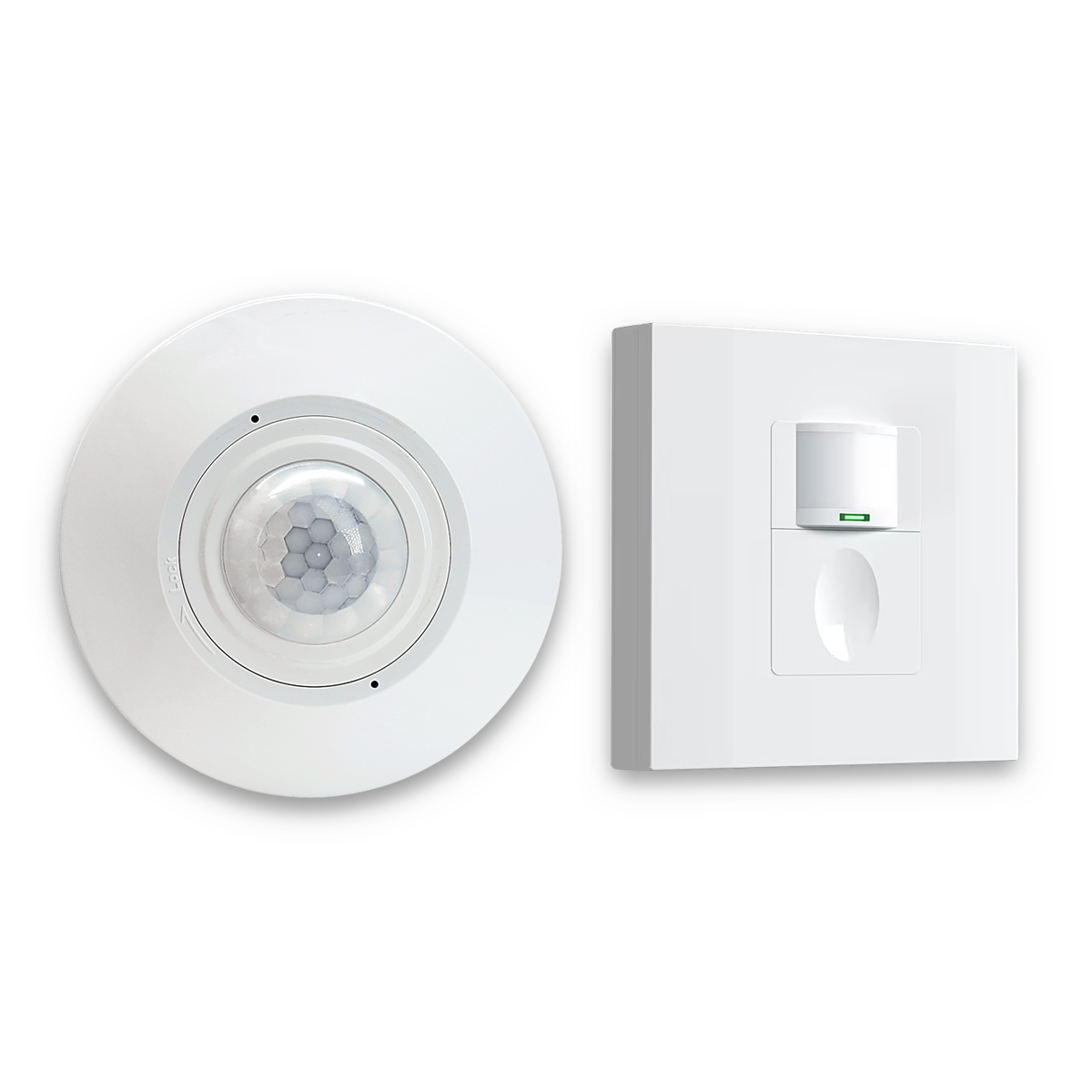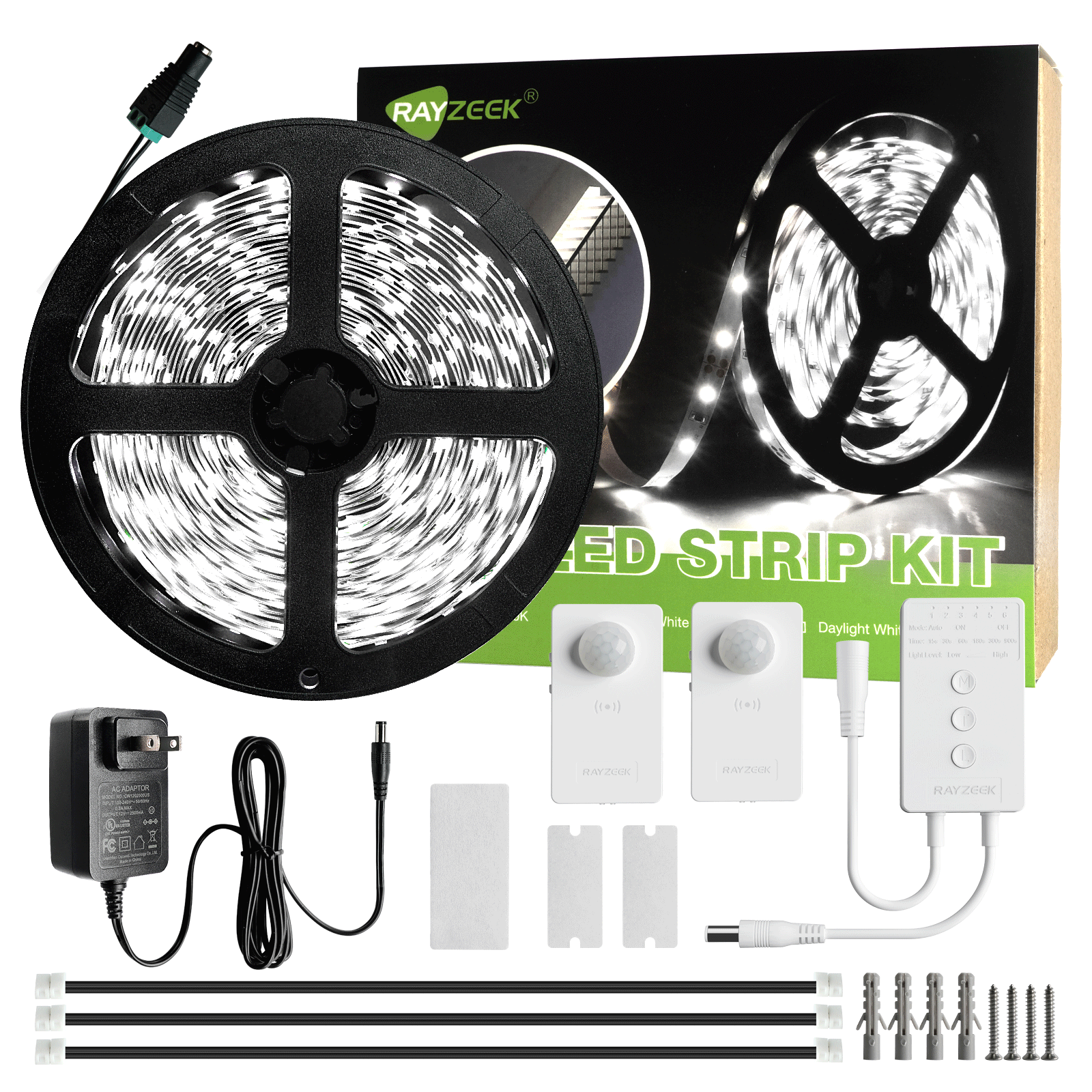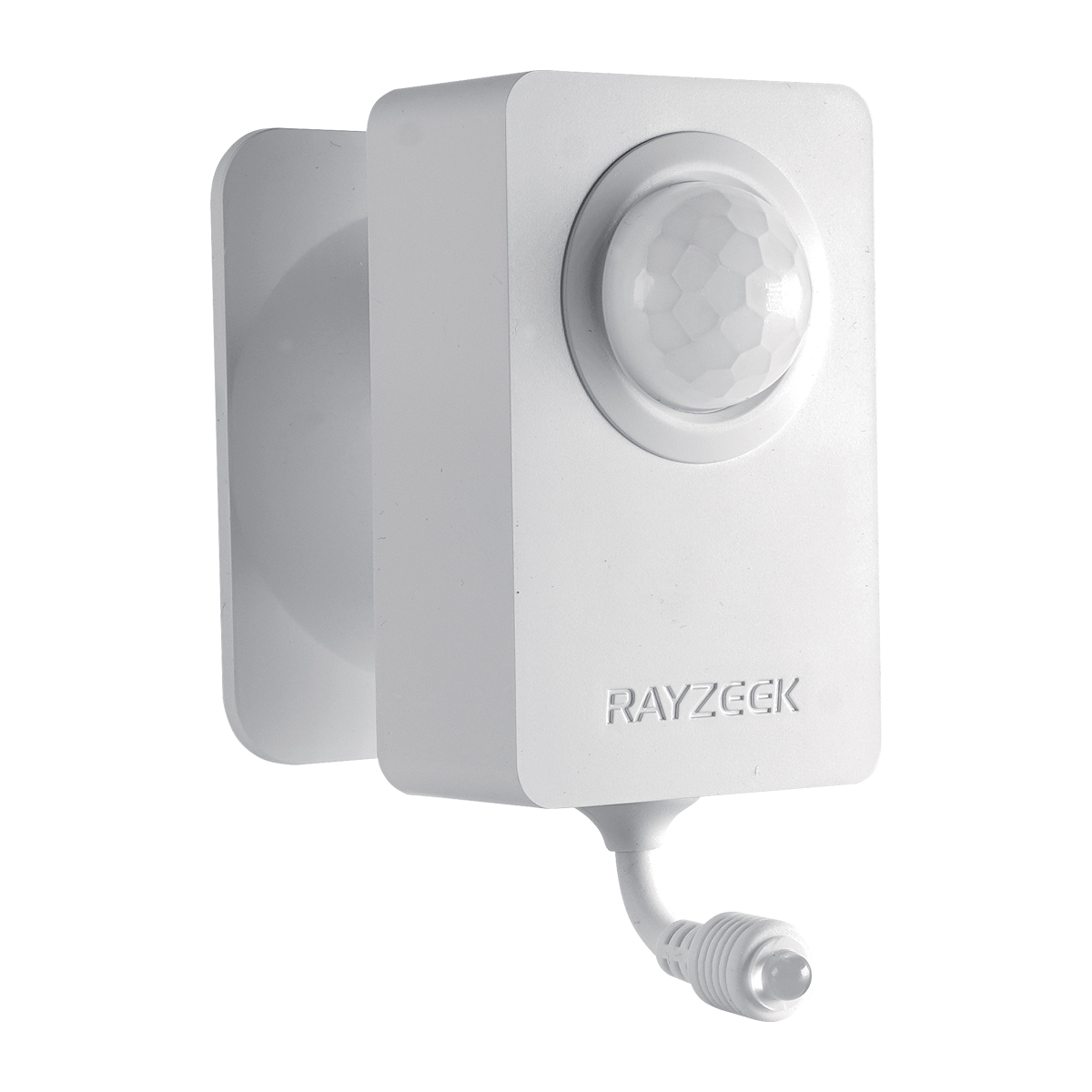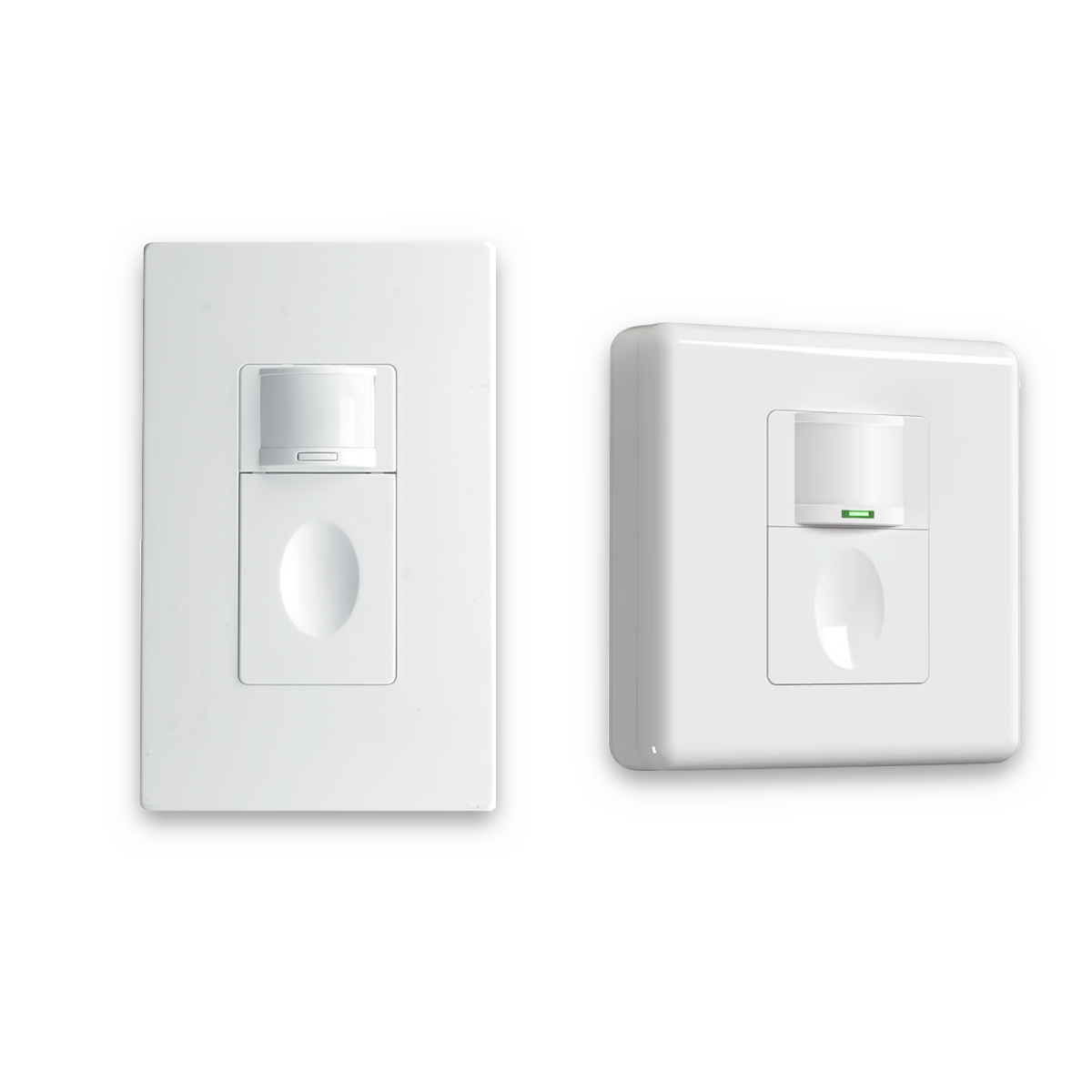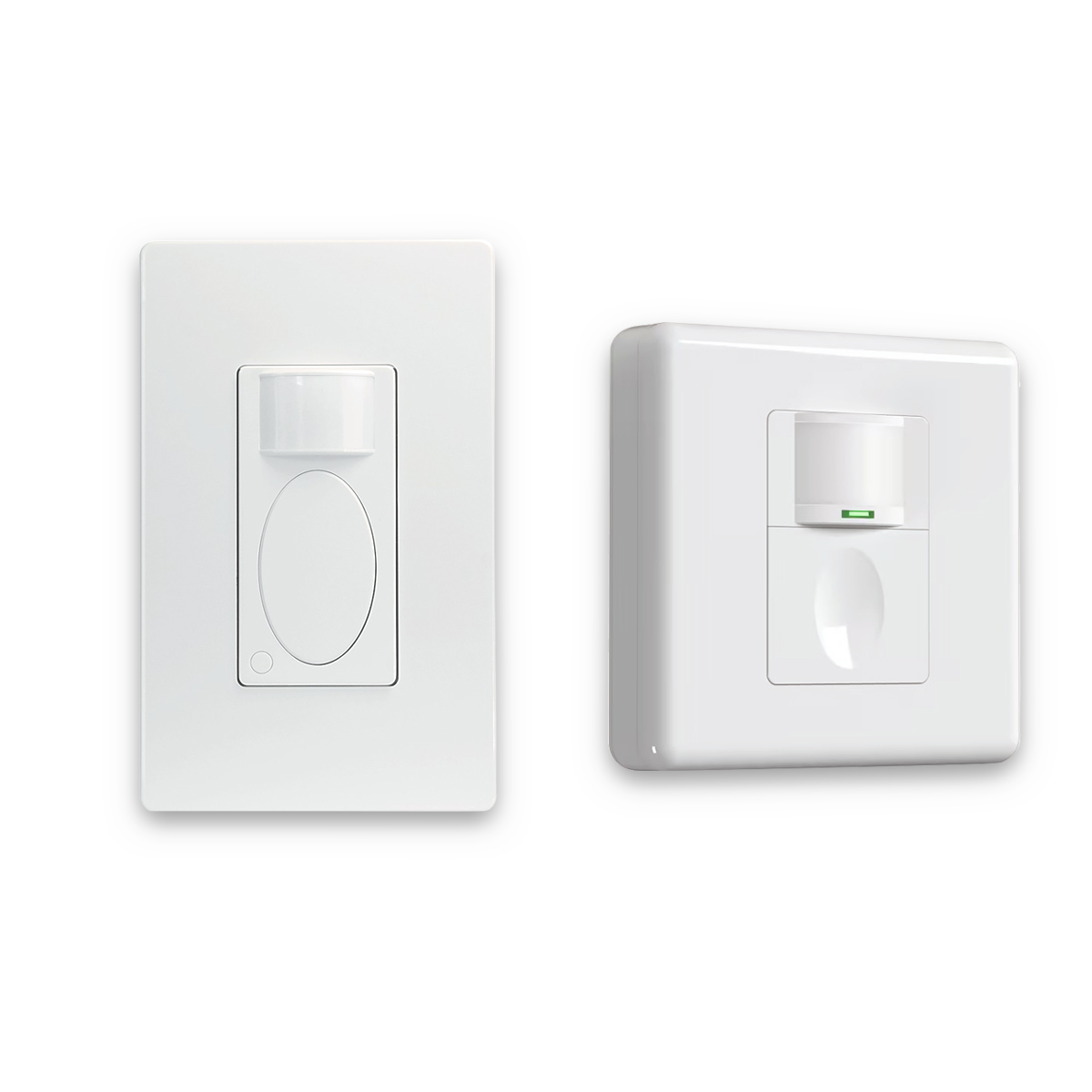What is Photometry
Photometry is the scientific discipline that focuses on the measurement and quantification of visible light as perceived by the human eye. It helps us understand and evaluate the performance and characteristics of lighting sources and systems.
Photometry measures and analyzes various photometric values, including luminous flux, luminous intensity, illuminance, and luminance. Luminous flux refers to the total amount of light emitted by a light source and is typically measured in lumens. Luminous intensity, on the other hand, quantifies the amount of light emitted in a specific direction and is measured in candelas.
Maybe You Are Interested In
Illuminance, measured in lux or foot-candles, is a metric in photometry that indicates the amount of light falling on a surface. It provides insights into the density of the luminous flux on that surface. Luminance, measured in candelas per square meter or foot-lamberts, represents the brightness of a surface as perceived by an observer.
Get Inspired by Rayzeek Motion Sensor Portfolios.
Doesn't find what you want? Don't worry. There are always alternate ways to solve your problems. Maybe one of our portfolios can help.
To obtain accurate photometric data, specialized devices are used. The integrating sphere is commonly employed to measure the electrical features and chromatic properties of a light source, such as the luminous flux. It provides comprehensive information about the total light output of a source. Another essential device is the goniophotometer, which measures the spatial and angular distribution of light. It helps determine how the light is distributed in different directions and angles.


